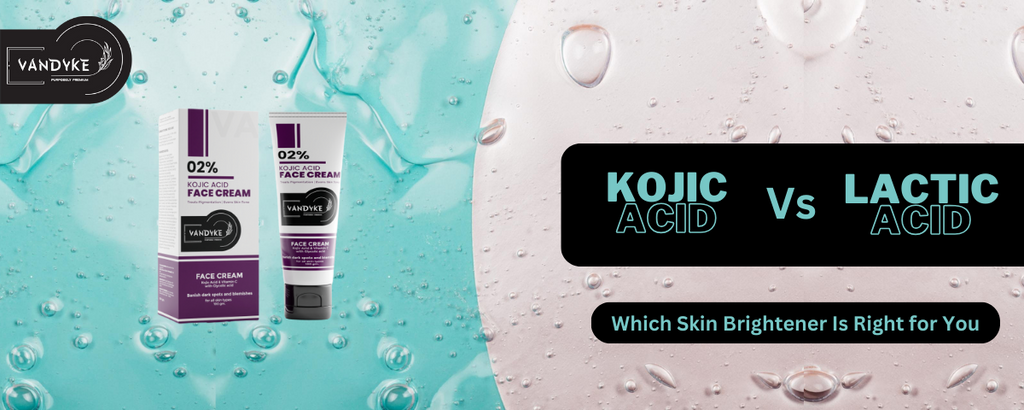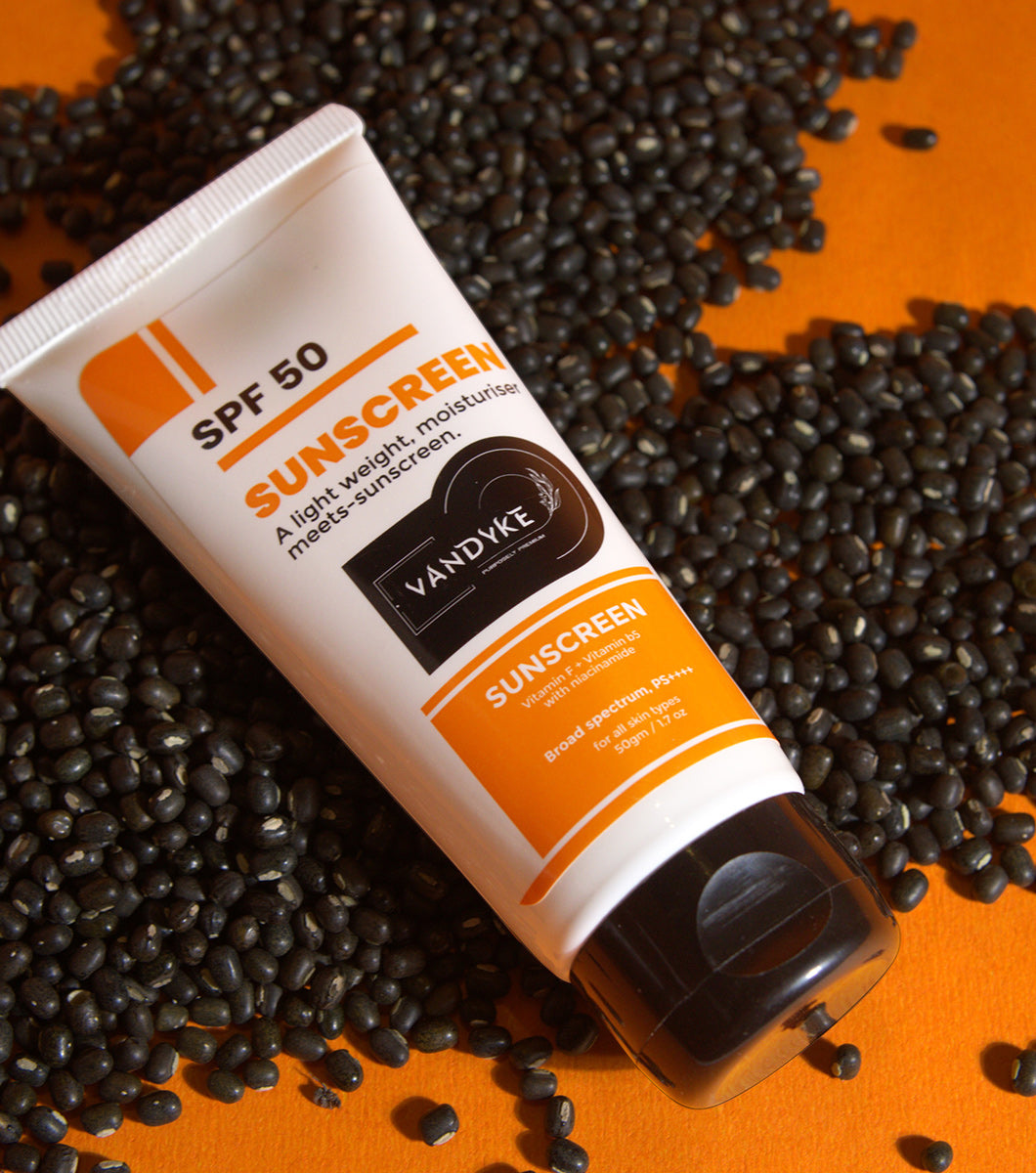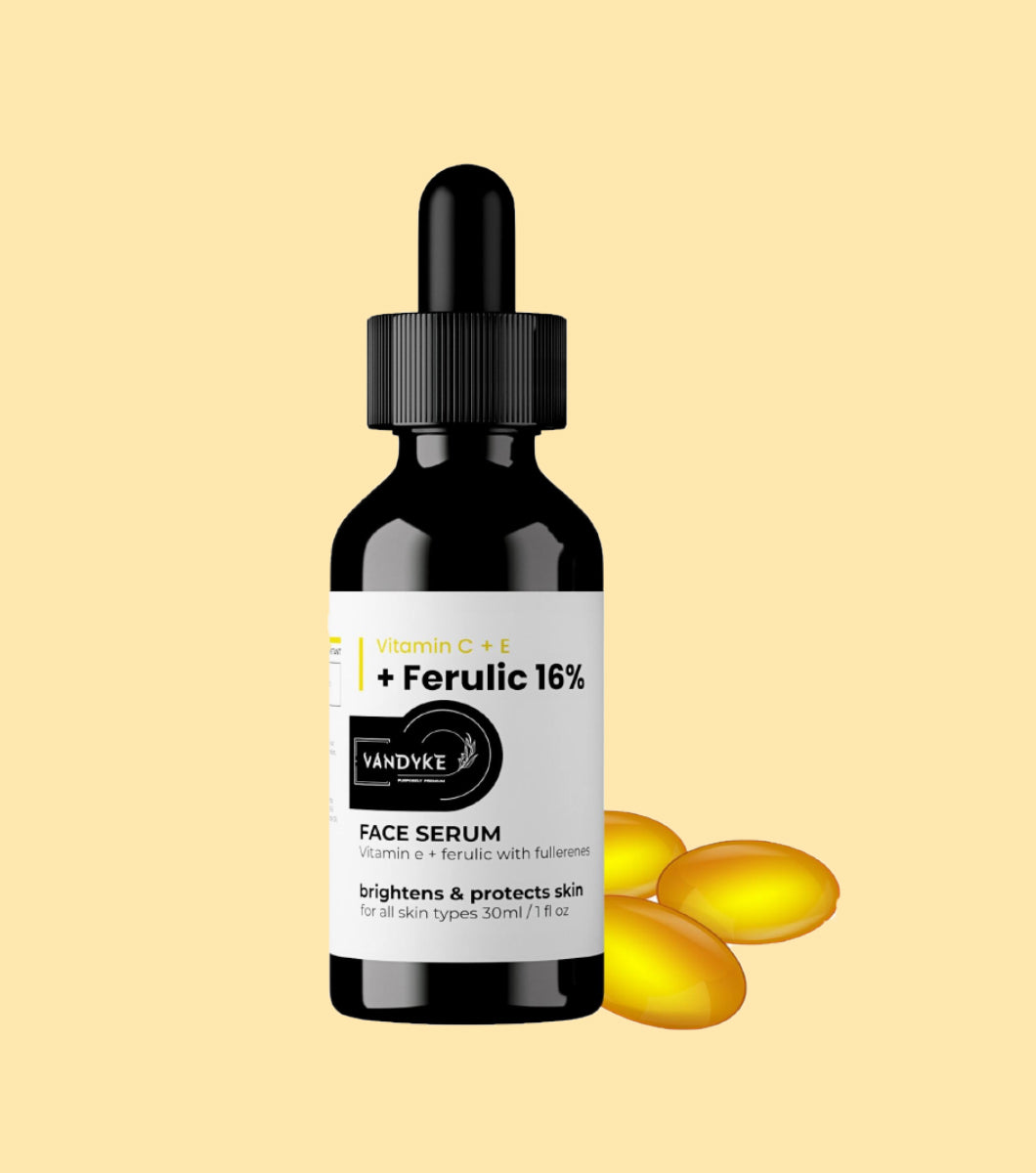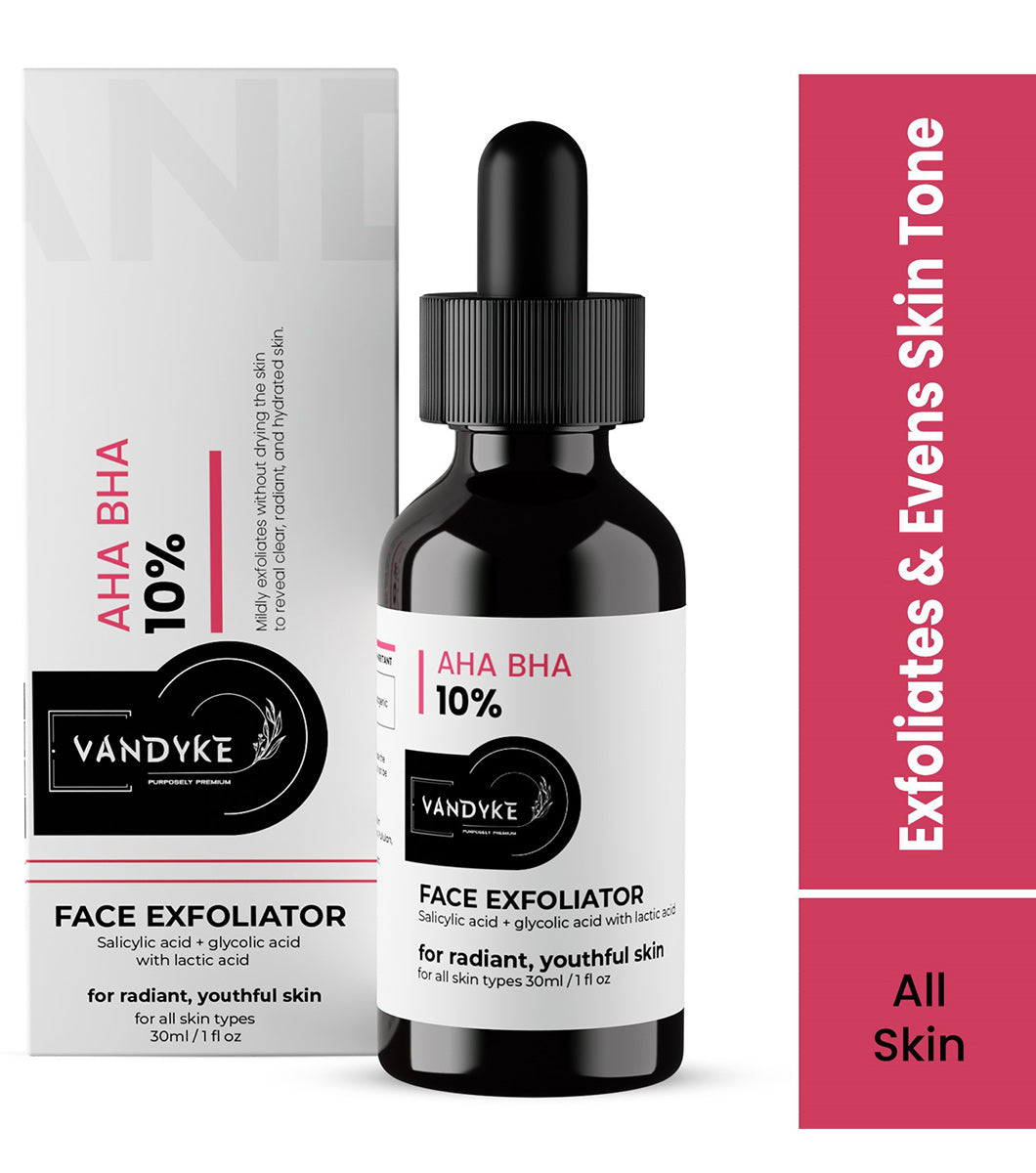
Kojic Acid vs Lactic Acid Which Skin Brightener Is Right for You

Kojic Acid vs Lactic Acid Which Skin Brightener Is Right for You?
Kojic Acid vs Lactic Acid: Having bright and nicely toned skin is a frequent aspiration for many people. Skin brighteners have been a popular treatment for hyperpigmentation, age spots, and uneven skin tone. Kojic acid and lactic acid are two important ingredients in skin lightening products. Vandyke will examine these two compounds in this post, throwing light on their properties, advantages, and concerns to help you decide which one best meets your skincare needs.
Understanding Skin Brighteners
Before delving into the specifics of Kojic acid and lactic acid, it’s important to grasp the overall goal of skin brighteners. Skin brightening components are designed to target and treat disorders associated with uneven skin tone, which can manifest as dark patches, pigmentation issues, and overall discolouration. Their major goal is to assist people in achieving a complexion that is not only more uniform but also radiantly luminous. Both kojic acid and lactic acid fall within this group of skincare compounds, and each has its own set of benefits and features to offer.
What is Kojic Acid?
Kojic acid is a naturally occurring chemical that is produced by some types of fungus. It has acquired popularity and broad usage in skincare because of its ability to inhibit the synthesis of melanin, the pigment that determines the color of our skin, hair, and eyes. Because of its melanin-inhibiting effects, kojic acid is a prominent ingredient in treatments aimed to treat hyperpigmentation, dark patches, and uneven skin tone. Kojic acid can help to a more even and luminous complexion by lowering melanin synthesis, making it a beneficial element in the search of cleaner and brighter skin.
key benefits of Kojic acid include:
- Hyperpigmentation Reduction
Kojic acid reduces the appearance of hyperpigmentation, including age spots, sun spots, and melasma.
- Even Skin Tone
Regular application might result in more even skin tone and a brighter complexion.
- Antioxidant Properties
Kojic acid has antioxidant qualities that can help protect the skin from free radical damage.
- Acne Marks
It may help fade acne-related post-inflammatory hyperpigmentation (PIH).
Considerations for Kojic Acid
- Sensitivity
Kojic acid can be irritating, especially to persons with sensitive skin. It may cause inflammation, redness, or drying of the skin.
- Sun Sensitivity
When utilizing Kojic acid, the skin becomes more sun sensitive. The use of sunscreen is critical. Use vandyke SPF 50 sunscreen for your skin protection.
If you are looking for a product containing kojic acid then you can use vandyke 2% kojic acid cream for your skin for a bright complexion.
What is Lactic Acid?
Lactic acid is an alpha hydroxy acid (AHA) that is well-known in the beauty industry for its exfoliating effects. It works by breaking down and dissolving the connections that hold dead skin cells together, allowing them to be removed or shed from the skin’s surface. This exfoliating technique not only reveals the younger, more radiant skin beneath, but it also improves skin texture and may be very useful in treating issues like as dullness, fine wrinkles, and uneven skin tone. Lactic acid is renowned for being gentler than some other AHAs, making it a popular choice for people looking for a gentle yet efficient exfoliation approach to improve the appearance of their skin.
Benefits of lactic acid include:
- Exfoliation
Lactic acid is a powerful exfoliator that aids in the removal of dead skin cells. This can result in smoother skin and a brighter complexion.
- Hydration
Lactic acid, unlike some other exfoliants, has moisturizing qualities. It has the ability to draw moisture to the skin, making it ideal for dry or sensitive skin.
- Fine Lines
It may aid in the reduction of fine lines and wrinkles.
- Even Skin Tone
Lactic acid can help with uneven skin tone by assisting in the elimination of dark patches.
Considerations for Lactic Acid
- Gentleness
Although lactic acid is typically milder than other AHAs, it can nevertheless produce irritation, especially at high doses.
- Sun Protection
The skin becomes more sensitive to sun damage, as with any exfoliation. Sunscreen is mandatory.
Lactic acid is the exfoliating acid and you will find that in many skin care products. Two of them are vandyke AHA BHA 10% face exfoliator and vandyke AHA PHA BHA 32% face exfoliator for your face. These are the mild exfoliator and will suit best even for sensitive skins.
Choosing the Right Skin Brightener for You
Choosing the best skin brightening component for your skincare requirements requires taking into account elements such as your skin type, particular issues, and tolerance for any side effects. Here’s how to tell the difference between Kojic acid and lactic acid:
For Hyperpigmentation
- If you want to diminish hyperpigmentation, such as dark patches or melasma, Kojic acid is a good option. It’s well-known for its melanin-inhibiting effects and can help lighten dark spots.
- Be cautious of the possibility of adverse effects, such as skin sensitivity. Because Kojic acid may make your skin more susceptible to UV damage, it is critical to apply sunscreen every day to prevent your skin from future pigmentation concerns.
For Exfoliation and Skin Texture
- Lactic acid is a great alternative if you want to correct uneven skin tone and texture while also enjoying the advantages of moderate exfoliation. It is typically thought to be more pleasant for sensitive skin than other AHAs.
- Lactic acid’s exfoliating capabilities can enhance skin texture, making it an excellent choice for persons with dull or rough skin.
Combination Approach
- Some people use a mix of Kojic acid and lactic acid in their skincare routine. You can use them individually or as part of a full routine. Kojic acid, for example, can be used in the morning to target pigmentation, while lactic acid can be used at night to exfoliate.
- When these compounds are combined, they can give a more comprehensive approach to addressing diverse skincare conditions.
Finally, the decision between Kojic acid and lactic acid should be based on your personal skin care goals and the demands of your skin. It’s best to start with one component and see how your skin reacts before mixing them as needed to reach the desired effects. Always keep your skin’s sensitivity in mind.
Always be mindful of your skin’s sensitivity and use sunscreen when necessary to protect your skin from potential side effects.
Caution and Patch Testing
A patch test is recommended before introducing any new skincare component, especially those with skin-brightening qualities. Apply a little quantity of the product to a hidden region of your skin and keep an eye out for any negative responses over the next 24-48 hours. Stop using it if you develop redness, irritation, or extreme dryness.
Conclusion
Kojic acid and lactic acid are beneficial nutrients for achieving a more even and glowing skin. Your unique skincare issues, skin type, and sensitivity should dictate your decision between the two. Both can help you achieve a brighter, more balanced skin tone, improving the inherent attractiveness of your skin.





































